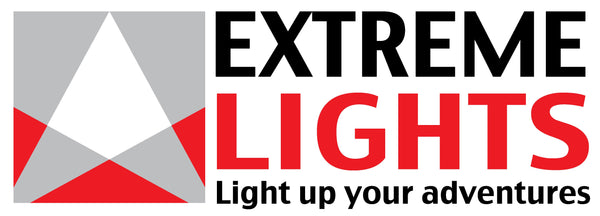
90 Years of… Headlights
Share
From the early automotive electric bulbs to today’s LED lights, carmakers and specialist suppliers have used Le Mans to innovate and test ever-improving automotive Headlights lighting systems.
One of the original intentions of Georges Durand, Charles Faroux and Emile Coquille – the inventors of the Le Mans 24 Hours – was to put “the cars’ eyes” to the test in the French race which, by definition, included a night-time portion. The development of automotive electrics (head lights, wiring looms, alternators, starter motors, dynamos, batteries, spark plugs, etc.) has long had parallels with the history of Le Mans. It is no coincidence that companies like Cibié, Ducellier, Marchal, Champion, Bosch and Lucas all used the event to innovate, as well as a platform for their communications campaigns over the years. By 1923, most road cars were already equipped with wide-diameter lights whose bulbs were fed by an electric dynamo. The former acetylene lamps which had equipped the first automobiles had been gradually superseded by electricity after 1912. Meanwhile, for the inaugural Le Mans 24 Hours, the track’s corners were floodlit by powerful acetylene lights provided by the firm Magondeaux, while the grandstands benefited from electric lighting. Despite using tungsten filaments, these early bulbs were not powerful and, in the dreadful conditions that marked the 1923 race, many competitors were troubled by head light issues. Not the Chenard&Walckers, however, which were equipped with Marchal lights. In the 1930s, twin-filament bulbs boosted the cars’ lighting performance, while the development of reflectors and lens technology helped produce a better quality beam. At the end of WW2, the reach of head lights was estimated to be around 145 metres. By 1950, with the arrival of 45W bulbs, it had reached 175 metres. After being successfully tested during the night at Le Mans in 1962 (on the Ferrari of Gendebien/Hill), iodine vapour lights became the standard for the 24-hour race during the famous Ford/Porsche era of 1964/65, before becoming a familiar fitment for road cars. Not only were they more powerful (60W), but they also emitted twice as much light to achieve a reach of 300 metres. In 1970, a Citroën SM took part in the Le Mans 24 Hours’ official Test Day but unfortunately failed to qualify for the race.

 Increasingly efficient halogen lights (‘H1’ to ‘H7’) were a feature of the automotive industry at the beginning of the 1990s before xenon discharge head lights revolutionised vehicle lighting. This technique does away with energy-hungry incandescent filaments. Instead, light is produced by a luminous electric arc caught between two electrodes bathed in xenon gas. This increases the amount of light produced by a factor of 2.5, and BMW was the first carmaker to use the technology for its high-end models in 1991. The most recent breakthrough has been LED technology (Light Emitting Diode), a solution initially restricted to domestic use before becoming widely available on production cars. Audi was one of the LED pioneers and the German make has used Le Mans to perfect its mastery of the technology. In 2006, the reach of the Audi prototypes were increased by 85 percent and currently stands at 800 metres. Today, the Audi R18 e-tron quattros feature ‘LED Matrix Highbeam’ technology. Each head light comprises an assembly of eight LEDs, while the beam is split into two parts: one to light up the road ahead, and the other to illuminate the insides of the corners. Meanwhile, in the world of road cars, BMW is already experimenting with laser technology which is a staggering 1,000 times brighter than LEDs… for half the energy consumption!
Increasingly efficient halogen lights (‘H1’ to ‘H7’) were a feature of the automotive industry at the beginning of the 1990s before xenon discharge head lights revolutionised vehicle lighting. This technique does away with energy-hungry incandescent filaments. Instead, light is produced by a luminous electric arc caught between two electrodes bathed in xenon gas. This increases the amount of light produced by a factor of 2.5, and BMW was the first carmaker to use the technology for its high-end models in 1991. The most recent breakthrough has been LED technology (Light Emitting Diode), a solution initially restricted to domestic use before becoming widely available on production cars. Audi was one of the LED pioneers and the German make has used Le Mans to perfect its mastery of the technology. In 2006, the reach of the Audi prototypes were increased by 85 percent and currently stands at 800 metres. Today, the Audi R18 e-tron quattros feature ‘LED Matrix Highbeam’ technology. Each head light comprises an assembly of eight LEDs, while the beam is split into two parts: one to light up the road ahead, and the other to illuminate the insides of the corners. Meanwhile, in the world of road cars, BMW is already experimenting with laser technology which is a staggering 1,000 times brighter than LEDs… for half the energy consumption!
Origanal post www.lemanslive.com
